A nozzle is a device designed to increase the velocity of a fluid as it flows through a restricted passage, which can be used for various purposes, such as propulsion, mixing, or atomization. When it comes to selecting the correct nozzle for an intended application, there are several factors that need to be considered.
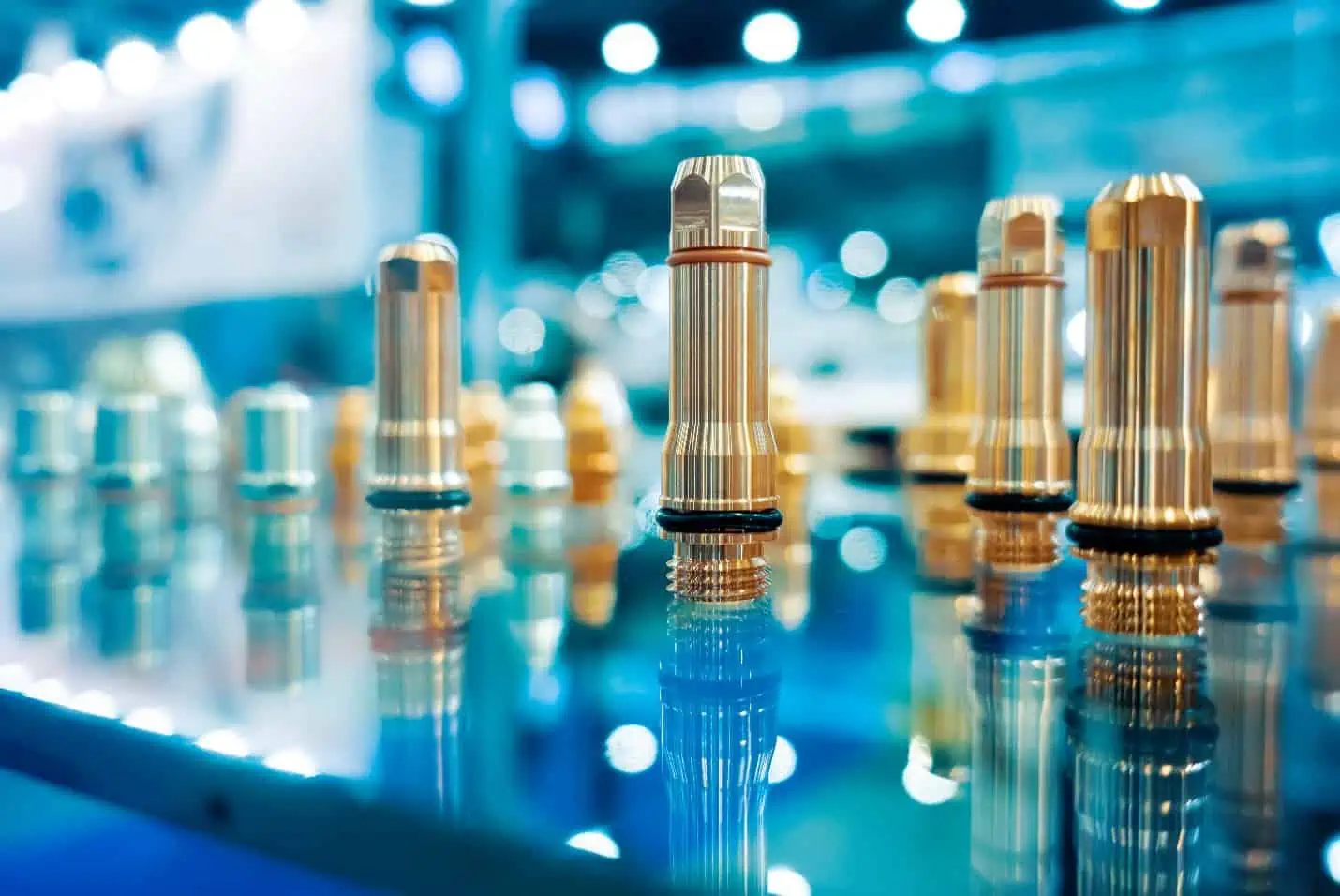
This article discusses these specifications, including operating pressure, flow rate, and desired spray pattern, among others.
What is a Nozzle
A nozzle is a device that controls the flow and direction of a fluid, often with precision and efficiency. It consists of an inlet, an orifice, and an outlet, designed to manipulate the fluid’s velocity, pressure, and spray pattern. You’ll find nozzles in various applications, from simple garden hoses to complex industrial processes.
The diagram below shows a typical nozzle configuration.

Elevate Your Engineering With Excel
Advance in Excel with engineering-focused training that equips you with the skills to streamline projects and accelerate your career.
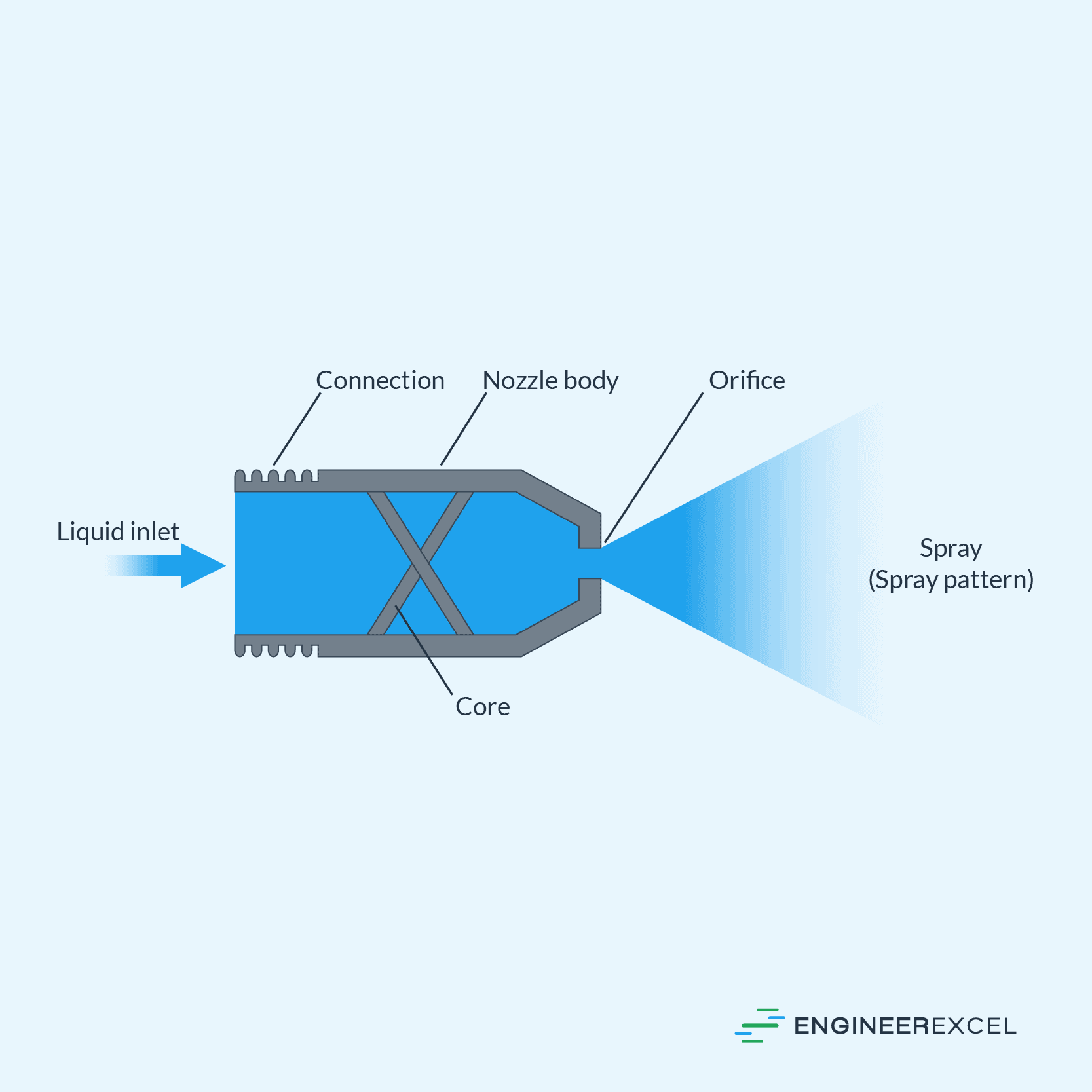
Within a nozzle, the fluid enters through the inlet, moves past the orifice, and exits via the outlet, generating desired outcomes like spraying or atomizing. Due to its unique structure, a nozzle effectively transforms fluid pressure into kinetic energy, creating various spray patterns and angles according to your needs.
Nozzles are primarily used in industries such as agriculture, automotive, chemical processing, and firefighting due to their ability to precisely manage and direct fluid flow.
Types of Nozzles
There are many different types of nozzles, each with their own unique features and applications. Some of the most common types of nozzles include flat-fan, flood, raindrop, hollow-cone, and full-cone. These are shown in the diagram below.
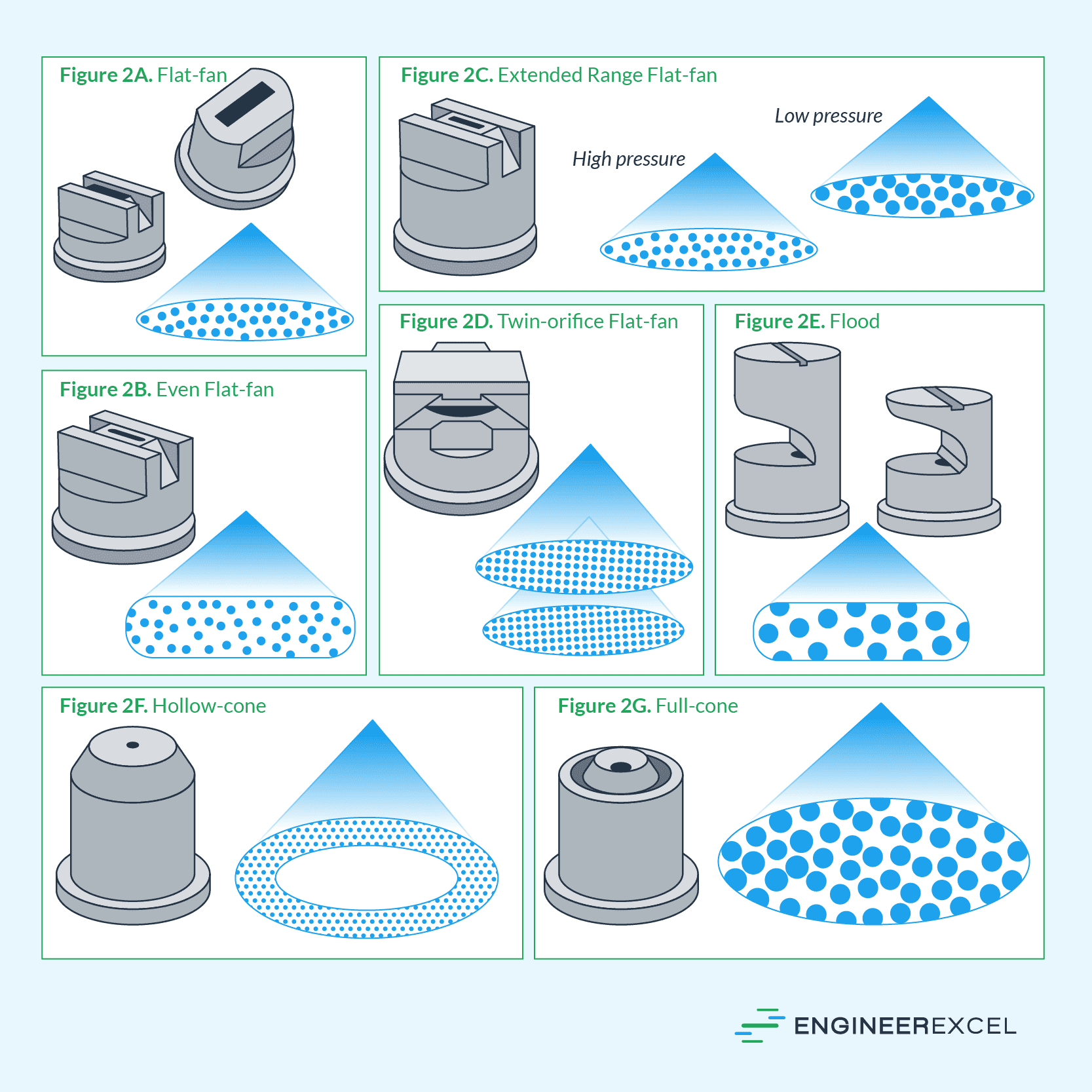
Flat-Fan Nozzle
A flat-fan nozzle is designed to create a defined, even spray pattern. It has several subtypes, such as standard flat-fan, even flat-fan, low pressure flat-fan, and extended-range flat-fan. It’s great for applications requiring even coverage, such as applying pesticides or fertilizers.
Flood Nozzle
The flood nozzle produces a wide-angle spray, allowing for a higher flow rate at lower pressures. It typically produces large droplets at pressures of 10 to 25 psi.
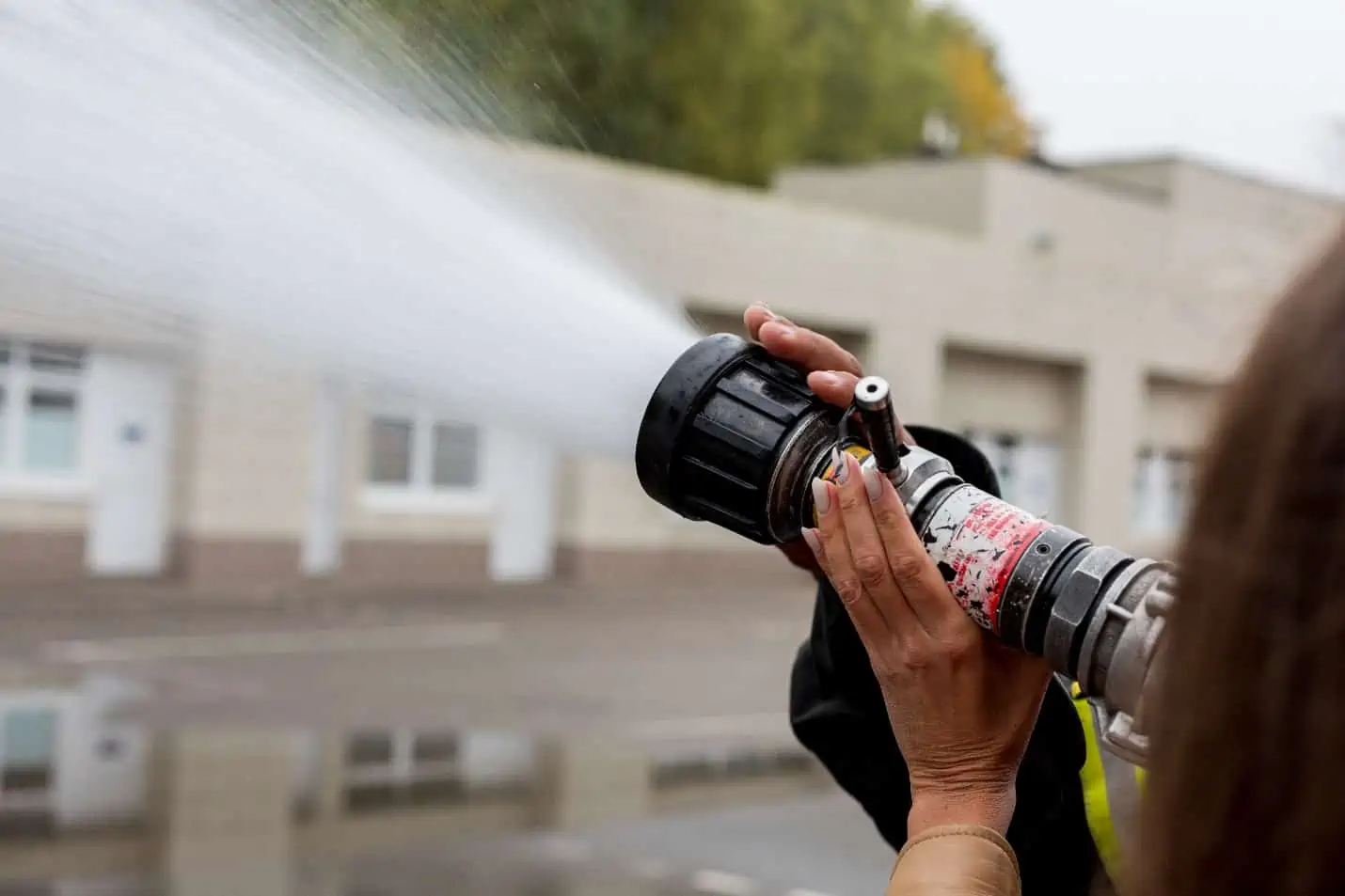
This nozzle is ideal for situations requiring a large volume of liquid, such as washing or rinsing. It is also popular for applying suspension fertilizers, where clogging is a potential problem.
Raindrop Nozzle
A raindrop nozzle generates a gentle, rain-like spray pattern. This type of nozzle is commonly used in irrigation systems to distribute water evenly and with minimal impact on delicate plants.
Hollow-Cone Nozzle
The hollow-cone nozzle creates a hollow, cone-shaped spray pattern. This nozzle is often used for applications like cooling or gas scrubbing where fine droplets are desired.
Full-Cone Nozzle
As the name suggests, a full-cone nozzle produces a solid, cone-shaped spray pattern. This nozzle typically produces even larger droplets than flood nozzles. It is suitable for applications such as dust suppression or fire protection.
Nozzle Specifications
Understanding your specific requirements, such as pressure, flow rate, spray angle, spray pattern, nozzle material, and connection type, is crucial for selecting the right nozzle to meet your intended application.
Nozzle Pressure
Nozzle pressure refers to the force with which a fluid, such as water or air, is ejected from a nozzle. It is an important factor to consider because it affects the velocity and coverage of the fluid being ejected.
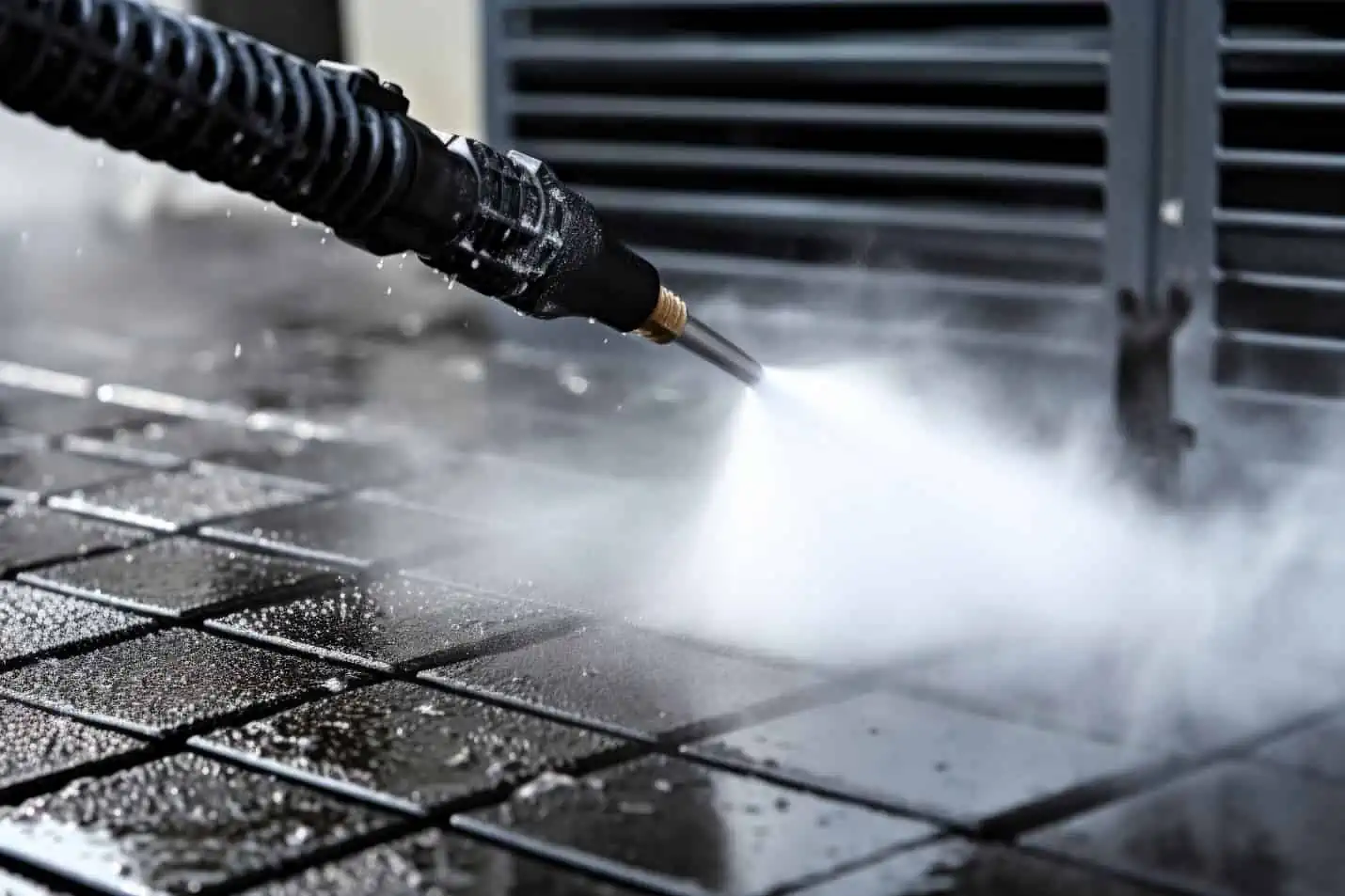
Pressure is essential for achieving optimal spray performance and can vary depending on your application’s needs. Different types of nozzles can handle different types of operating pressure. You should select a nozzle that performs well within your required pressure range.
Flow Rate or Nozzle Discharge
Flow rate or nozzle discharge refers to the amount of fluid that is ejected from a nozzle per unit of time. It is an important factor to consider because it affects the amount of fluid that is delivered to the target area.
In English units, flow rate can be calculated using the following formula:
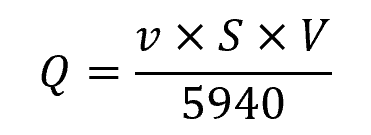
Where:
- Q = flow rate [gpm]
- v = travel speed [mph]
- S = nozzle spacing [in]
- V = spray volume [gpa]
Spray Angle and Spray Width
Spray angle and spray width are important factors to consider in nozzles because they determine the coverage and distribution of the liquid being sprayed.
Spray angle refers to the angle at which the liquid is sprayed from the nozzle, typically measured in degrees. A narrow spray angle will produce a concentrated stream of liquid, while a wider spray angle will produce a broader fan-shaped pattern. The spray angle is important because it determines the area that the liquid will cover and the intensity of the spray.
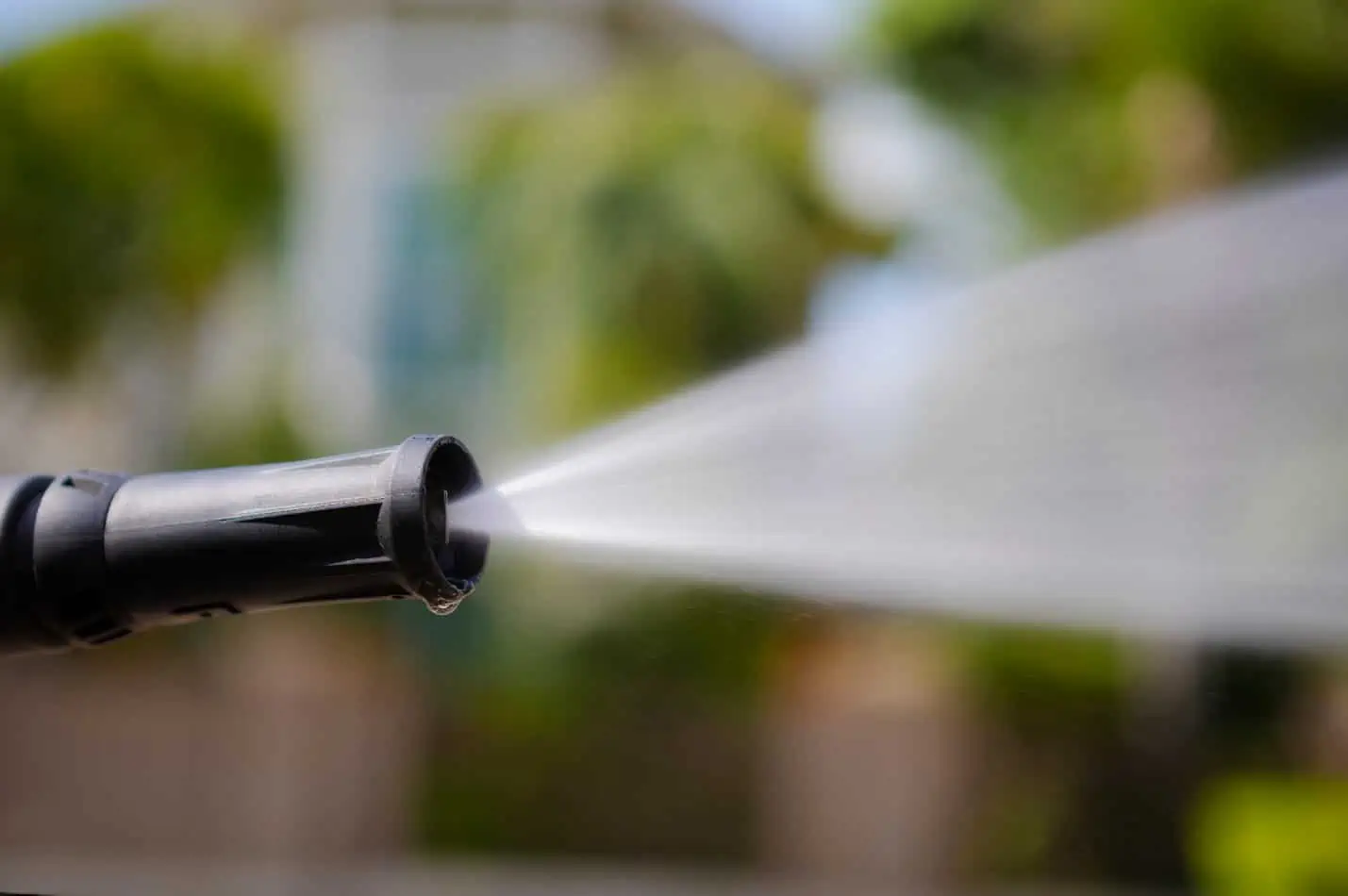
Spray width, on the other hand, refers to the width of the spray pattern at a specific distance from the nozzle. It is important because it determines the amount of overlap between adjacent spray patterns, which affects the uniformity of the spray coverage.
Both spray angle and spray width are important factors to consider in nozzle selection, as they can affect the efficiency and effectiveness of the spraying process. Choosing the right nozzle with the appropriate spray angle and width can help ensure that the liquid is distributed evenly and accurately, which can lead to better results and reduced waste.
Spray Pattern
Spray patterns in nozzles refer to the shape and distribution of the liquid or gas that is being sprayed out of the nozzle. The shape of the spray pattern can range from a narrow stream to a wide fan, and the distribution can be even or uneven.
Spray patterns are important to consider because they can affect the efficiency and effectiveness of the spraying process. For example, if you are spraying a crop with pesticides, an uneven spray pattern could result in some areas receiving too much pesticide while others receive too little, leading to an ineffective treatment or even crop damage. On the other hand, a well-designed spray pattern can ensure that the liquid or gas is distributed evenly, maximizing the coverage and effectiveness of the spray.
Factors such as the type of liquid or gas being sprayed, the pressure and flow rate of the nozzle, and the distance between the nozzle and the target surface can all affect the spray pattern.
Material Specifications
Nozzles can be made out of different materials including brass, stainless steel, plastic, and ceramic, each with specific advantages and limitations. The material used to make the nozzle can affect its performance and durability, as well as the quality of the output.
Some important specifications to consider when selecting a nozzle material include its hardness, resistance to wear and corrosion, melting point, thermal conductivity, and chemical compatibility with the fluid or material being dispensed. For example, in 3D printing, the nozzle material must have a high melting point to withstand the high temperatures required for melting and extruding the plastic filament. In fuel injection systems, the nozzle material must be resistant to corrosion from the fuel and other chemicals.
Connection Type
There are several different nozzle connection types, including threaded, quick-connect, and bayonet. Each type has its own advantages and disadvantages, and it is important to consider these when selecting a nozzle for your particular application.
Threaded connections are the most common type of nozzle connection, and they are typically used in applications where a secure, leak-free connection is required. Threaded connections are also relatively easy to install and remove, which makes them a popular choice for many different types of applications.
Quick-connect connections are another popular type of nozzle connection, and they are typically used in applications where speed and convenience are important. Quick-connect connections allow you to quickly and easily attach and detach nozzles without the need for tools or other equipment.
Bayonet connections are less common than threaded and quick-connect connections, but they are still used in some applications. Bayonet connections are typically used in applications where a secure, leak-free connection is required, but where the nozzle also needs to be quickly and easily removed for cleaning or maintenance.
